Voyages in the Underworld of Orpheus Black
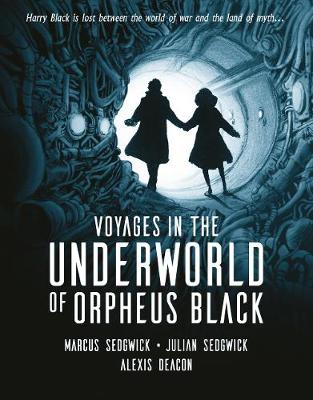
By Author / Illustrator
Marcus Sedgwick, Julian Sedgwick, Alexis Deacon
Genre
Adventure
Age range(s)
11+
Publisher
Walker Books Ltd
ISBN
9781406357929
Format
Hardback
Reviews
Daniel
London, 1944. 19 year old Harry Black has fallen out with his brother and father due to his stance as a conscientious objector. Harry does his bit for the war effort by working as a firefighter, as well as documenting the horrors and banalities of war through his writing and drawing - trying to make sense of a world gone mad. Ellis, his older brother, has been injured on duty and is in London to recuperate before, he hopes, getting back out there to fight. Shortly after meeting with Ellis, Harry is on the bus home when a bomb falls and destroys the pub with Ellis still in it. Harry himself suffers a severe head wound and is taken to hospital, where he meets fellow patient Agatha, a 14 year old German Jewish refugee looking for her parents. Convinced that his brother is still alive, Harry and Agatha strike up a friendship and agree to help each other find their missing relatives. But to do so they must risk everything and, under a heavily bombed London, find a way into the Underworld - with a little help from Orpheus. Written by brothers Marcus and Julian Sedgwick and illustrated by Alexis Deacon, Voyages In The Underworld of Orpheus Black is heartbreaking, surreal and sumptuous to look at. It is a beautiful, haunting and unusual novel blending prose, verse and illustration. Told through Harry's journal entries (words and pictures) interspersed with poetic narration from Orpheus, the story is a reflection on the horrors of war and of the power of art, told through the lens of Greek mythology. The themes of Greek myths, World War and poetry mean that there is much for students and teachers to unpick in this novel. The book is not always an easy read. The poetry has an oblique and dreamlike quality to it, and Harry's fevered state makes him an increasingly unreliable narrator, but the interplay between the poetry and the journal entries helps build a mythic atmosphere. And that ending - oh, my heart! This is definitely one I will be thinking about for a long time to come. 320 pages / Ages 12+ / Reviewed by Daniel Katz, school librarian
Suggested Reading Age 11+
Tanja
This book takes the reader on a fascinating and insightful journey. Told through the mediums of art, poetry and prose, it challenges, stimulates and surprises. The second collaboration between acclaimed writers Julian and Marcus Sedgwick since their Blakean-influenced graphic novel, Dark Satanic Mills, Voyages in the Underworld of Orpheus Black is layered like a rich chocolate cake. It melds the desire of Julian to 'show new angles on the world, to make readers think and to provoke a response' with Marcus's love of myths which he 'explicitly and subconsciously' weaves into his work. Their father, by all accounts 'a born storyteller', counted among his prized possessions a facsimile of Blake's Jerusalem, a sprawling epic poem which combines political social realism with elements of fantasy. Inspired by their literary upbringing, Blake's ideas on mechanisation have also filtered into the brothers' thoughts and imaginings. These are portrayed through their protagonist Harry Black's notebook entitled 'Warriors of the Machine', which in turn reflects Marcus's documented reliance on notebooks to map out a project. These aspects of self referentiality and inter textuality have resulted in an impressive and powerful story imbued by the talented Alexis Deacon's atmospheric and evocative illustrations which bring the Sedgwicks' vision of a world at war to life. Set during the dark days of late 1944, Orpheus Black is not only a searing portrait of the devastation wrought by the onslaught of doodlebugs and V2 rockets over London, but an exploration of the myth and etymology of Orpheus who could charm the birds from the trees with his song. It is a tale of two brothers who grow apart due to conflicting ideologies although they still admire each other's ability to create art. Harry is a Conscientious Objector (as the Sedgwicks' Quaker father was), taking as his philosophy Charlie Chaplin's belief that 'we need kindness, gentleness' and understanding, not war. Alienated from his father and his brother Ellis by his convictions, he seeks to redeem himself from accusations of cowardice. From the opening pages, the reader is an observer conveyed through the symbolism of the watching eyeball (reminiscent of Selznick's opening of The Invention of Hugo Cabret and TJ Eckleburg, the silent occulist in The Great Gatsby) and the approach of war planes. The elegiac and thought-provoking text throughout stimulates the imagination, firing emotional and critical synapses while at the same time causing wonder. Harry is on a quest where he is battling against the odds, making him an unreliable narrator (drugged with morphine he slips into a land of myth) - or is he? He is accompanied by a Jewish refugee who symbolises injustice. Orpheus is the prophetic voice retelling his tale and commenting on the destructiveness of man, but he is also part of Harry's story. As he stands watch over the ravaged city, his lyre of old becomes a fiddle. This novel is a story within a story that delights in playing with the reader's expectations. Emotive, expressive and melancholic, it is haunted by Deacon's striking futuristic style and skillful use of chiaroscuro. He combines eerie images of death with scenes straight from a science fiction movie or the bowels of a nightmare. Focusing on chilling details such as a crane extracting bodies from an underground pit and a cleaner who resembles a harbinger of death, he unsettles the reader. These moody close ups are juxtaposed with calmer moments of repose such as a sleeping girl and a fox gone to ground showing that life and death co-exist. Voyages in the Underworld of Orpheus Black is a magnum opus that urges re-reading. It is impossible to forget after you reach the final page. Filled with the music of words, it works on multiple levels. Ambitious, clever and intriguing, it will appeal to students who are confident readers and pupils studying art, classical civilization, history and English literature. It will also resonate with those who have an enquiring mind. 320 pages / Ages 12+ / Reviewed by Tanja Jennings, school librarian
Suggested Reading Age 11+
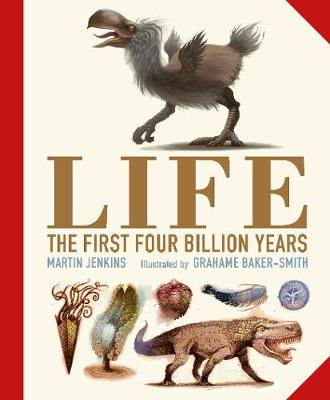 Life: The First Four Billion Years
Life: The First Four Billion Years
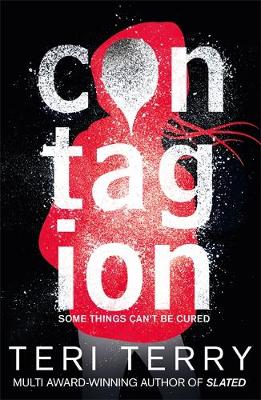 Dark Matter: Contagion: Book 1
Dark Matter: Contagion: Book 1
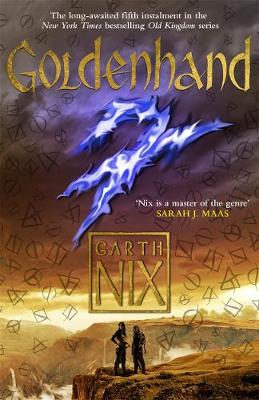 Goldenhand: The Old Kingdom 4
Goldenhand: The Old Kingdom 4
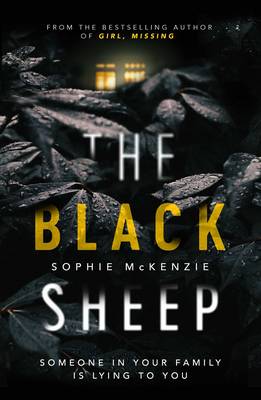 The Black Sheep
The Black Sheep
